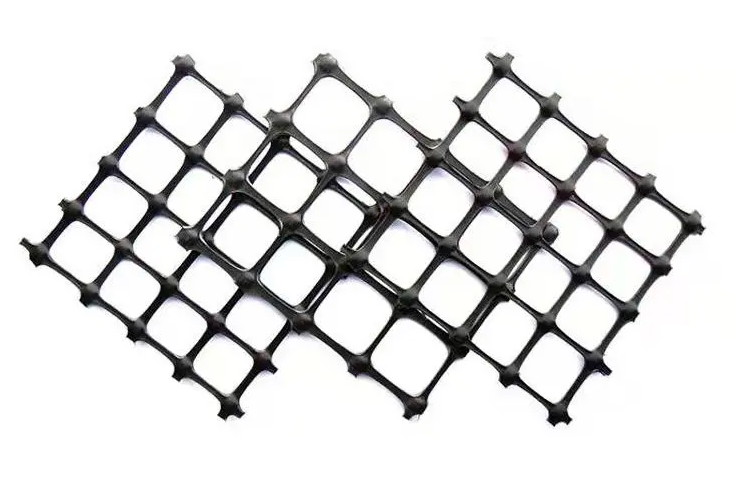- Understanding the Role of Geomembrane Liners in Waste Management
- Innovations in Geomembrane Liners for Water Management
- Geomembrane Liners: A Comprehensive Guide
- The Future of Geomembrane Liners in Civil Engineering
- Geomembrane Liners: Enhancing Landfill Stability
Manager:
WhatsApp:+86 177 0135 2670
Tel:+86 177 0135 2670
Email:marketing@okorder.com
Address:3rd Floor, No.2 Building, No.1 Sanlihe Road
Biaxial geogrids in modern infrastructure: a versatile role
As an engineer with many days spent on construction sites, I have seen firsthand how biaxial geogrids can be transformative. These polymeric materials have revolutionized the way we think about soil reinforcement and stabilization by providing strength and flexibility in multi-directional approach to a range of projects. This article is where I want to share my love for biaxial geogrids and explore their outstanding possibilities in civil engineering.

The Essence of Biaxial Geogrids
To me, biaxial geogrids are not just materials; they embody the convergence between innovation and practicality in construction industry. Their unique structure which consists of intersecting ribs both longitudinally and transversely provides the best kind of reinforcement. This is why they are invaluable when it comes to such projects that require multidirectional strength as well as stability on soils.
Diverse Applications of Biaxial Geogrids
What makes working with biaxial geogrids so enthralling is how adaptable it can be. These geogrids have proven their usefulness time after time again starting from road construction up to railway embankments, slope reinforcement or even foundation supports among others. Their applications also include landfill construction, soil stabilization, erosion control as well as pipeline trenches indicating their ability to adapt to any environment and requirement.
Deep Dive into Interface Characteristics
This is where things happen-the interface between soil and biaxial geogrids. It’s the main point causing reinforcement effect. The shear force resulting from friction between soil and surface of the grid is very important because it ensures that the structure does not fall apart or collapse. It’s amazing how experimental studies like pull-out tests help us comprehend this interrelation.
Personal Reflections on Experimental Studies
I’ve always believed so much in experiments. The pull-out tests conducted on biaxial geogrids are a demonstration of our commitment to understanding the materials we work with at a deeper level. These tests that examine the effect of normal stress, pull-out rate, particle shape and grading, moisture content are critical in informing decisions on our projects.
Selecting the Right Biaxial Geogrid
Choosing a correct biaxial geogrid for a project is an art of its own. It requires deep understanding of the soil properties, load bearing requirements, installation conditions and budget considerations. It gives me pride as an engineer to make these choices since I know how much difference they can make in making a project successful.
Looking Ahead: The Future of Biaxial Geogrids
It’s good news that lies ahead for biaxial geogrids and I am happy to be part of it. I envision an even greater role played by biaxial geogrids in infrastructure development especially when we dare the impossible together. From microscale studies using advanced techniques like digital image correlation (DIC) or particle image velocimetry (PIV) to macroscopic applications in large-scale projects, the potential for these materials is limitless.
Conclusion
Biaxial geogrids are more than just materials for construction – they serve as the foundation upon which modern infrastructure is built. Their ability to offer support and stability in many directions makes them highly valuable tools for engineers. I am convinced that biaxial geogrid use will only increase as we continue to learn and invent, leading to stronger, longer lasting and faster building works. This field is currently thrilling to belong to, and I am eager to see future developments underlined by this innovative technology called biaxial geogrids.
- Previous:Unlocking the Potential: Cellular Confinement Systems of Geocells in Modern Engineering.
- Next:The Strengthening Vertebrae: Tensar Geogrids in Civil Engineering Miracles






